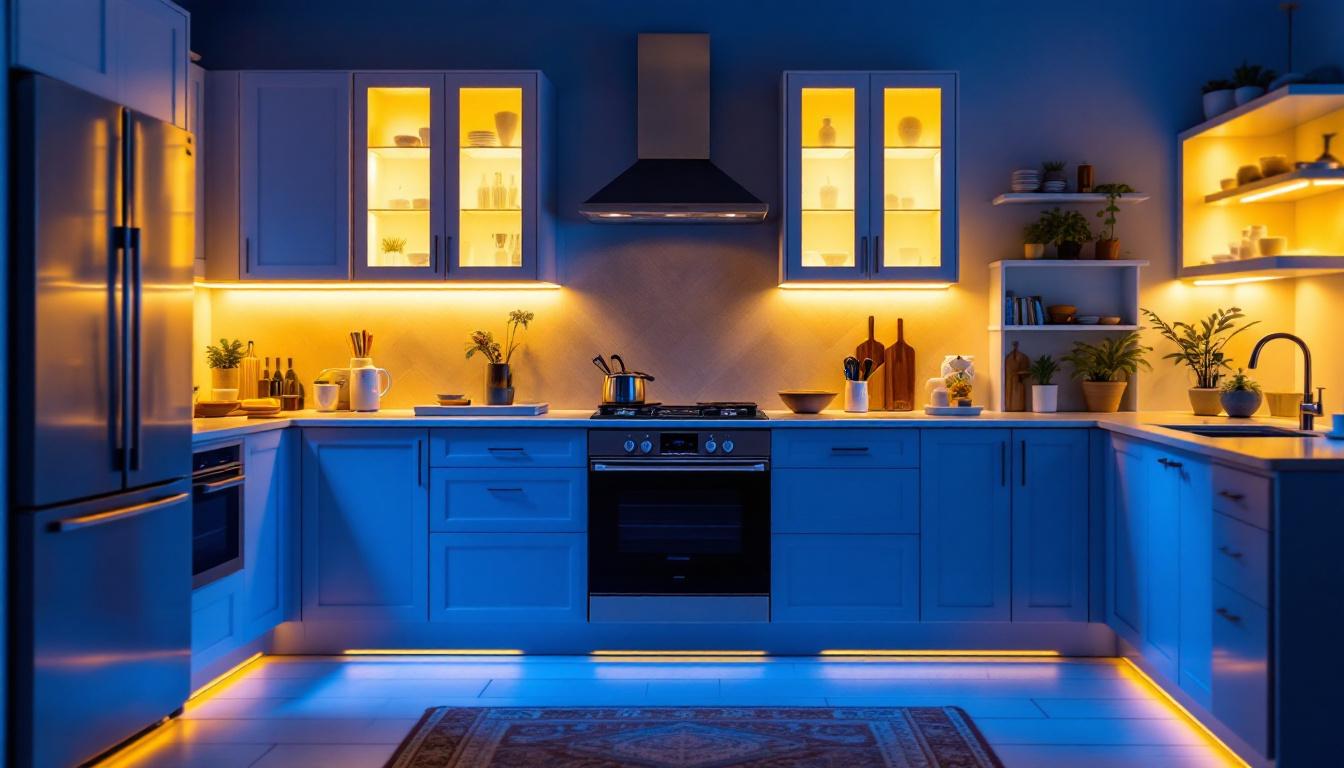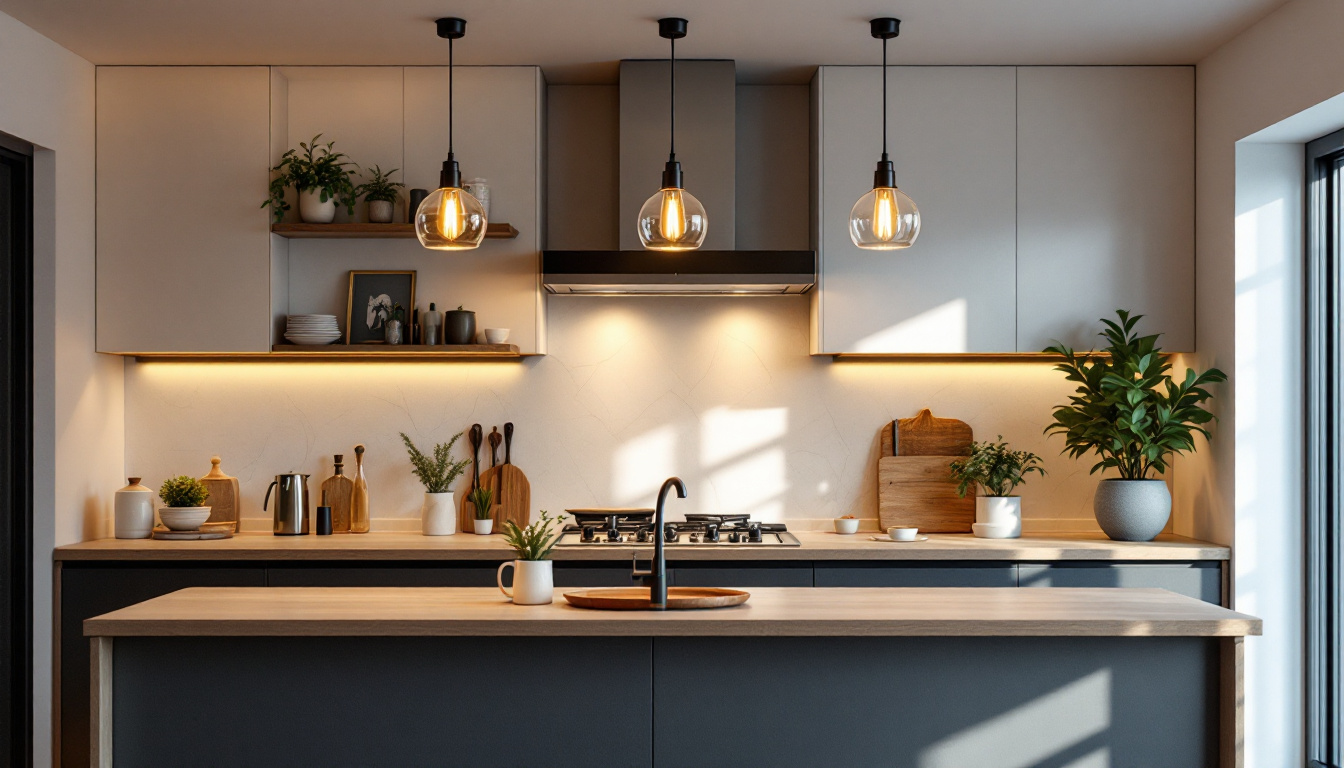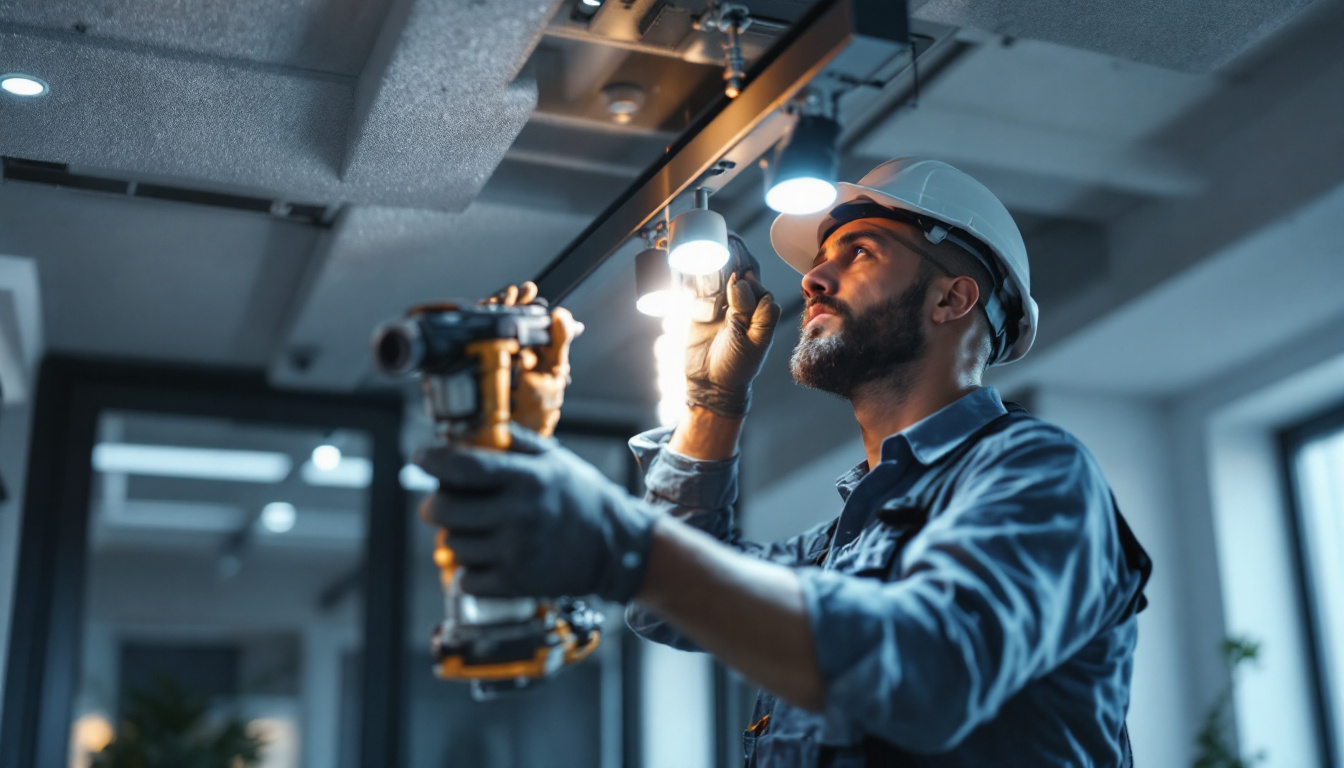
In the realm of interior design, cabinetry lighting plays a pivotal role in enhancing both functionality and aesthetics. For lighting contractors, understanding the nuances of cabinetry lighting is essential for delivering exceptional results to clients. This guide delves into various aspects of cabinetry lighting, providing insights, tips, and best practices tailored for lighting professionals.
Cabinetry lighting refers to the illumination used within or around cabinets, particularly in kitchens, bathrooms, and living spaces. This type of lighting not only serves practical purposes, such as enhancing visibility for tasks but also adds a layer of sophistication and warmth to the overall design. The right cabinetry lighting can transform a mundane space into an inviting environment, creating a perfect blend of functionality and style. By strategically placing lights, homeowners can highlight specific areas, making their spaces feel more open and welcoming.
There are several types of cabinetry lighting that contractors should be familiar with. Each type serves different purposes and can be used in various combinations to achieve the desired effect. Understanding the nuances of each type can help in creating a cohesive lighting plan that enhances the overall aesthetic of the space.
Incorporating cabinetry lighting offers numerous benefits that can elevate a space significantly. Understanding these advantages can help contractors effectively communicate the value of cabinetry lighting to clients. Beyond mere aesthetics, these benefits can greatly enhance the functionality and comfort of a home.
When planning cabinetry lighting, several design considerations come into play. These factors can influence the choice of fixtures, placement, and overall effectiveness of the lighting scheme.
The selection of fixtures is crucial in achieving the desired effect. Contractors should consider the following:
Strategic placement and spacing of lighting fixtures are essential for optimal performance. Consider the following guidelines:
Incorporating dimmer switches into cabinetry lighting systems allows for greater control over brightness levels. This flexibility enables users to adjust the lighting according to their needs, enhancing both functionality and mood.
Proper installation is key to achieving the best results with cabinetry lighting. Following best practices can help ensure that the lighting is both effective and safe.
When installing cabinetry lighting, it is essential to adhere to electrical codes and safety standards. Here are some important considerations:
Once the installation is complete, testing the lighting is crucial. This step allows contractors to make any necessary adjustments to achieve the desired effect. Consider the following:
Educating clients about their new cabinetry lighting is an important aspect of the installation process. Providing guidance on how to use dimmer switches, adjust settings, and maintain the fixtures can enhance their overall satisfaction.
Staying updated on current trends in cabinetry lighting can help contractors offer innovative solutions to clients. Here are some noteworthy trends shaping the industry.
The rise of smart home technology has influenced cabinetry lighting significantly. Smart lighting solutions allow homeowners to control their lighting remotely, set schedules, and even adjust brightness and color through mobile apps or voice commands. This trend is becoming increasingly popular among clients looking for modern, convenient solutions.
Layered lighting involves combining different types of lighting to create a balanced and dynamic environment. For cabinetry, this might mean integrating under-cabinet lights with pendant fixtures and overhead lighting. This approach not only enhances functionality but also adds depth and interest to the space.
As sustainability becomes a priority for many homeowners, eco-friendly lighting options are gaining traction. Contractors should be familiar with energy-efficient fixtures and bulbs, as well as sustainable materials for cabinetry lighting. This knowledge can help clients make informed choices that align with their values.
While cabinetry lighting can enhance a space, it also presents certain challenges. Understanding these challenges and their solutions can empower contractors to navigate potential issues effectively.
One common challenge in cabinetry lighting is the creation of shadows or glare. Poor placement of fixtures can lead to uneven lighting, making tasks more difficult. To mitigate this issue, contractors should:
Another challenge is heat management, especially with certain types of bulbs. Excess heat can damage cabinetry or create safety hazards. To address this, consider the following:
Budget constraints can impact the choice of cabinetry lighting solutions. To accommodate clients with varying budgets, contractors can:
Cabinetry lighting is a vital component of any well-designed space. For lighting contractors, mastering the intricacies of cabinetry lighting can lead to enhanced client satisfaction and successful projects. By understanding the types of cabinetry lighting, design considerations, installation best practices, and current trends, contractors can provide exceptional service and innovative solutions to their clients.
As the demand for sophisticated and functional lighting continues to grow, staying informed and adaptable will be key to thriving in the competitive landscape of lighting design. Embracing new technologies, understanding client needs, and delivering high-quality installations will set contractors apart in the ever-evolving world of cabinetry lighting.
Ready to elevate your cabinetry lighting projects with the finest selection of spec-grade lighting products? Look no further than LumenWholesale, where we provide contractors with exceptional quality at unbeatable wholesale prices. Say goodbye to local distributor markups and hello to our extensive, industry-standard collection that guarantees reliable and high-performance lighting solutions. With the convenience of free shipping on bulk orders, you can ensure your projects shine without the burden of hidden fees. Discover the ideal fusion of quality, affordability, and convenience. Take the next step and secure the best value in wholesale lighting by visiting LumenWholesale today.

Discover how low price grow lights are revolutionizing the lighting industry by making indoor gardening more accessible and sustainable.

Discover how kitchen modern pendant lights can transform your space with style and efficiency.

Discover how lighting contractors can elevate their projects with Gama Sonic’s innovative solutions.

Discover the key challenges lighting contractors face when working with LED tracks, from installation complexities to compatibility issues.